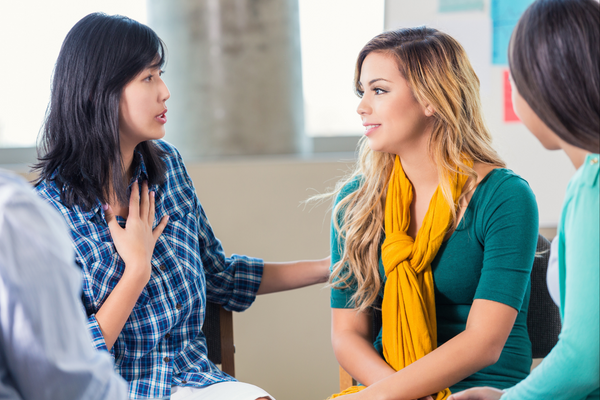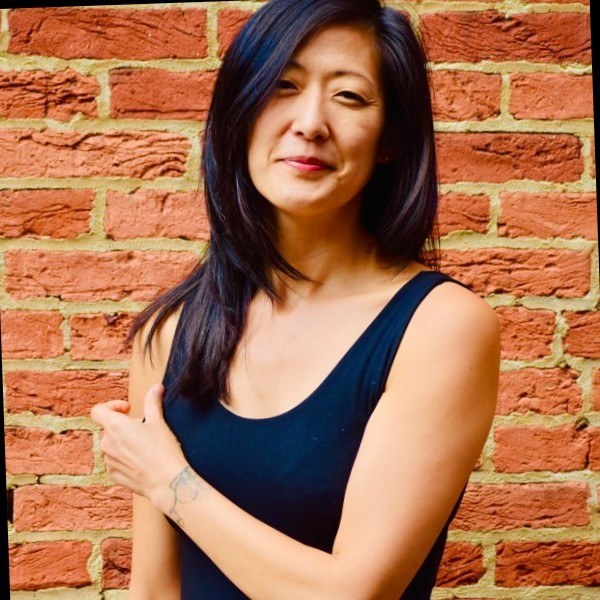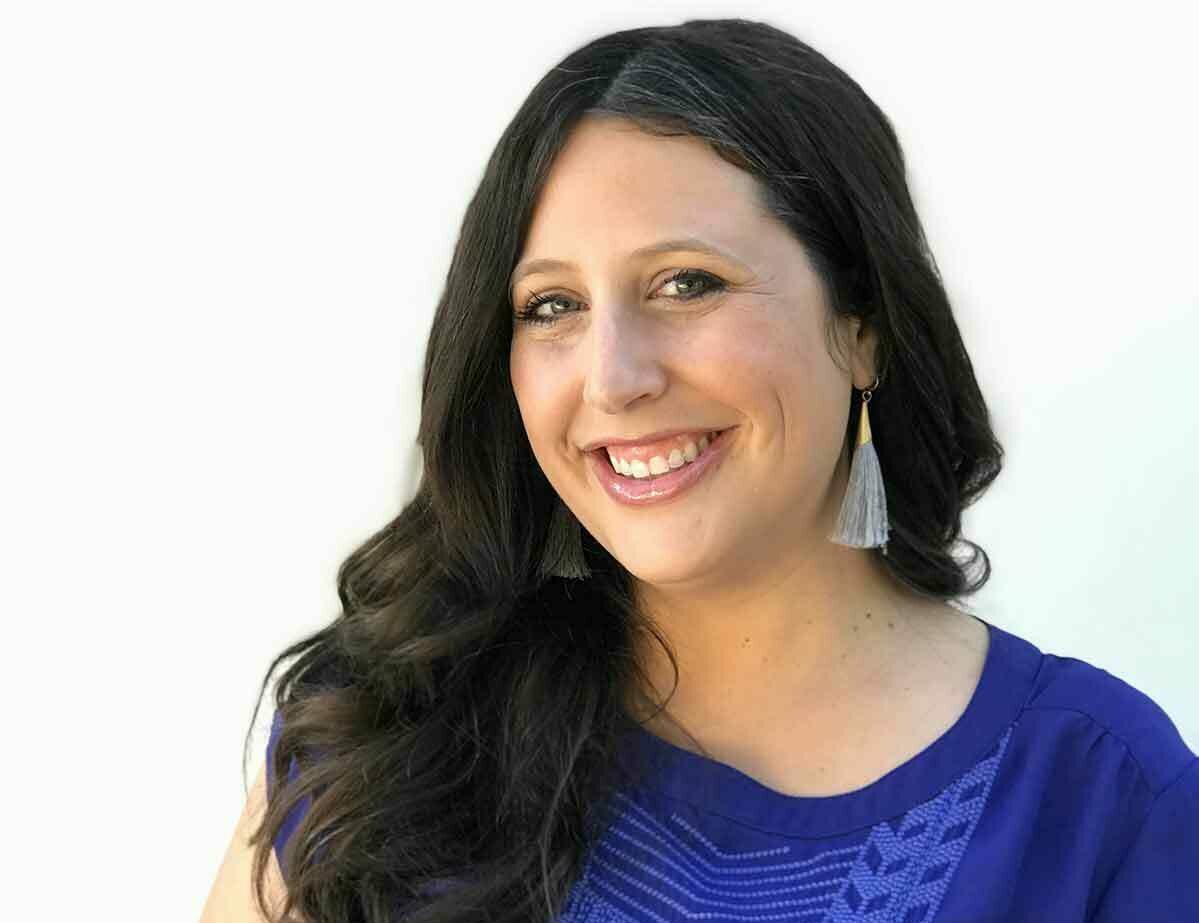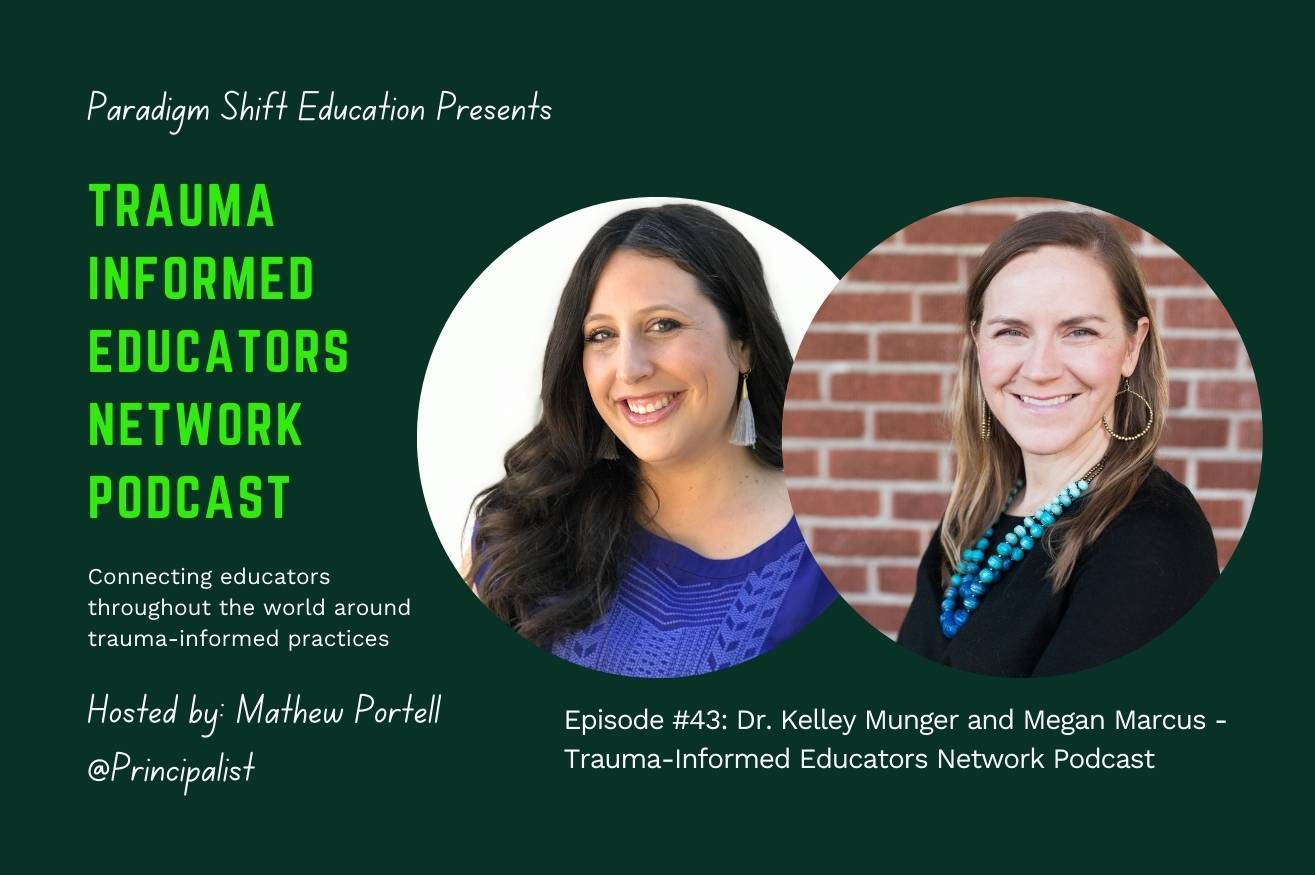Self-Care vs Community Care
FuelEd trainer, HyoYoung Minna Kim, shares powerful insights on the inextricable link between self-care and community care.

In addition to urging the prioritization of systematizing staff well-being, the study repeatedly highlighted interpersonal dynamics largely influencing wellness. In other words, care is a collective effort.
HyoYoung Minna Kim
After eleven years as a classroom educator, the mention of self-care actually sends me to a place of quiet rage. Even as I write this, I notice my face stiffen with frustration and am suddenly aware of the weight of systemic carelessness bearing down on my shoulders. I reject present-day mainstream notions of self-care, as it is misguided and bypasses transformative practices of care.
It didn’t start this way. I was a huge fan of self-care for years, until I started paying attention to the nagging sense that something felt off about the way self-care was being eagerly and excessively prescribed while providing little to no relief in the workplace.
Here is what I discovered.
History of Self-Care
Historically, self-care was encouraged for practicing autonomy in caring for the self during a time when medical advancement rendered patients passive in their own healing and wellness.1 By the 1960s, self-care became a radical tactic for addressing the violence of systemic racism and sexism.2
Black feminist writer Audre Lorde is famously quoted out of context from her 1988 acclaimed work, A Burst of Light:
“Caring for myself is not self-indulgence, it is self-preservation, and that is an act of political warfare.” For marginalized and oppressed communities, self-care was a communal act of resistance and survival.
Self-Care Industrialized Complex
Present-day mainstream commercialization of self-care has co-opted Lorde’s quote and refashioned it to encourage self-soothing practices that come with a price tag and require free time that is inaccessible to many, particularly individuals who are marginalized or vulnerable and consequently require more care, yet often have access to less resources due to systemic inequalities. Additionally, in a society that rewards self-sufficiency, managing distress and dis-ease is often done in isolation.
While the United States has the largest wellness market in the world, and one that continues to swell, generating $1.2 trillion in 2021, levels of distress and dis-ease also continue to escalate.3 This calls into question the effectiveness of individualistic care that has become commodified over the decades.
Care in Education
Earlier this year, the RAND report published findings that teachers experienced burnout at a rate of 59% compared to 48% of other workers.4 The data also revealed that educators in mid-career (6-10 years), females, and educators and principals of color reported higher levels of stress than their counterparts.5
The report highlighted that “teachers and principals both described positive relationships with their colleagues as mental health supports that helped them cope with the stress of their jobs.”6 In addition to urging the prioritization of systematizing staff well-being, the study repeatedly highlighted interpersonal dynamics largely influencing wellness.7 In other words, care is a collective effort.
Community Care
In March 2019, a few days following the anti-Islamic massacre in New Zealand, Nakita Valerio, posted on Facebook, “Shouting ‘self-care’ at people who actually need ‘community care’ is how we fail people.”8 Please pardon my comparison of grieving a massacre to the lack of support for educators’ well-being—they are certainly not the same, yet my aching heart is reminded of grieving school mass shootings and increasing school violence across the nation, all the while educators are told to simply practice more self-care. My grievance against placing the onus of work-related trauma and stress and toxic school-culture on individuals, without consideration for the accountability of the interpersonal or systemic, felt affirmed by Valerio’s single-sentence.
The kind of self-care that Audre Lorde named and practiced was more sustainable and even challenged the status quo because they practiced collective caretaking. In this approach, the individual is seen as an integral part of a larger body of people generating care together that has the potential to build a collective movement towards systemic change. Therefore, to me, self-care and community care are synonymous. An individual’s wellness impacts the collective and the culture of the collective impacts the individual. As reflected in our natural ecosystems and in our global economy, we are interdependent beings living in an interdependent world.
Tricia Hersey, author of Rest is Resistance: A Manifesto, does not include the word ‘self-care’ in her book. In a recent interview on the podcast We Can Do Hard Things, she shared “I have written 55,000 words for my new book, and I don’t mention self-care once in it…and it was on purpose. It’s community care, it’s communal care. It’s community, how we make it along. Community care will save us. We can’t do this without each other.”9
Relationship-Driven Schools is Community Care
The Surgeon General’s Framework for Workplace was released on October 20, 2022. It features five components for workplace well-being centering worker’s voice and equity: Protection from Harm, Connection and Community, Work-Life Harmony, Matter at Work, and Opportunity for Growth.10 The document further explains that, “The most effective leaders express compassion, empathy, and generosity; communicate openly, often, and clearly; and practice human-and-wellness-centered leadership by recognizing the connection between individual strengths, growth, and organizational change.”11
These five components are grounded in values that are generated through relationships, such as safety, security, belonging, social support, and dignity. Per the surgeon general’s recommendations, prioritizing community care is critical for fostering workplace well-being, which echoes the FuelEd mission to develop emotionally intelligent educators who create relationship-driven schools.
With socially and emotionally intelligent educators building secure relationships at the center of every classroom and every school, FuelEd envisions a happier, healthier, more whole world. We believe that if we equip educators with essential social and emotional knowledge and competencies, they will remain in their professions longer and develop more secure relationships with students, parents, and colleagues.12
In my eleven years of participating in professional developments, I can confidently share that FuelEd trainings are of the uncommon ilk—they demonstrate care for a safe and thriving school community that goes beyond mastering curricula, data-driven instruction, and the individual self.
Relationships make all the difference; healthy relationships transform schools.
HyoYoung Minna Kim
Self-care is Community care
Rather than argue self-care versus community care, I urge us to see them as inextricably linked. During a time of unrelenting societal turbulence and heightened workplace challenges, let’s reclaim the spirit of self-care by centering our relationships with one another. Relationships make all the difference; healthy relationships transform schools.
Yung Pueblo captures this sentiment poignantly in his new book Lighter, “We don’t just need each other. We are each other. And without each other, we cannot succeed.”13




